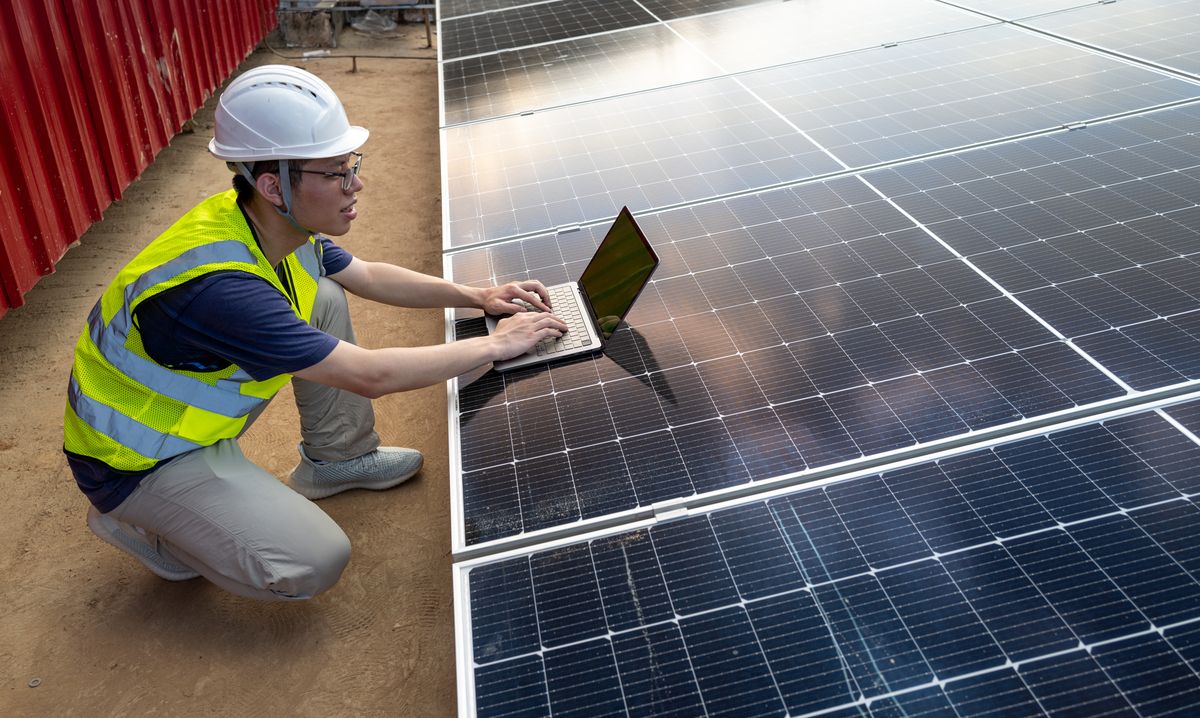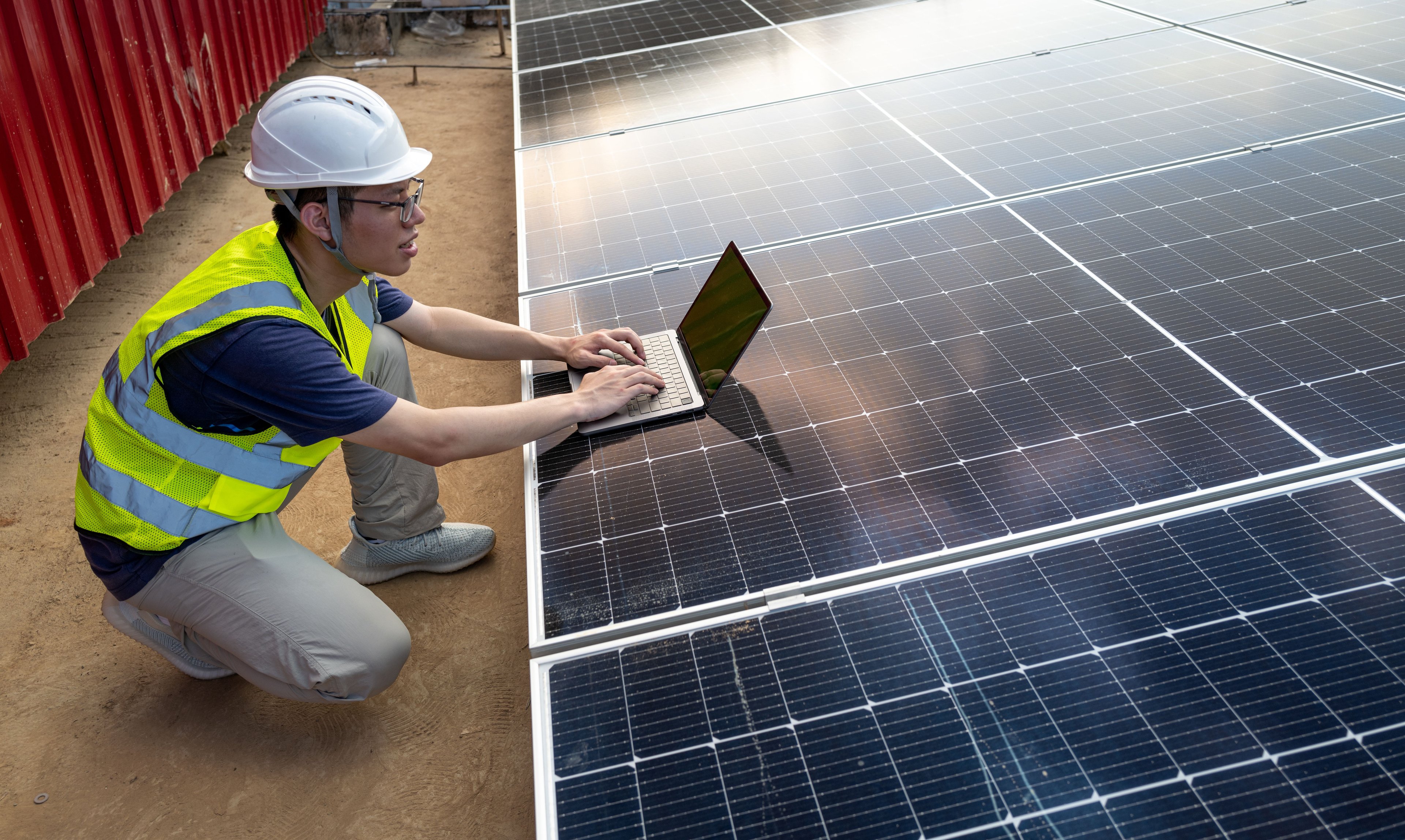The energy storage business has long been an area where renewable energy investors have seen a lot of potential. Storing electricity from when it's cheap to produce and then discharging during periods of high demand can add value, as can storing solar electricity produced during the day for nighttime or peak hours.
What's been challenging has been turning that concept into a profitable business. Last week we got results from Stem (STEM 2.78%), a newcomer as public renewable energy stocks go, but a mainstay in the energy storage business for more than a decade. Stem's results show how tough it still is to earn money in energy storage.

Image source: Getty Images.
Growth isn't what it seems
When a company like Stem goes public through a SPAC merger, like it did in April, investors are often looking for growth and a lot of it. On the surface, it looks like Stem delivered, with revenue up 339% versus a year ago to $19.3 million. But there's more to the story.
The table below shows where Stem's revenue came from in the past year. You can see that hardware revenue is where most of the company's growth is right now.
| Segment | Q2 2021 | Q2 2020 | Growth |
|---|---|---|---|
| Services revenue | $5.2 million | $3.7 million | 40.4% |
| Hardware revenue | $14.2 million | $709,000 | 1,900.6% |
Data source: Company earnings release.
Hardware sales are up because Stem has done more front-of-the-meter projects with utilities, rather than behind-the-meter projects at commercial buildings, which has been its main business for years.
What's jarring about the numbers is that the hardware gross margin was 3.7%, which is hardly impressive, but the services gross margin was a negative 12.7%.
Investors would like to see services revenue grow quickly and gross margin be high because that's a sustainable ongoing business. Hardware will be a commodity business, so the results last week weren't as impressive as they seem.
Commercial renewable energy has proved to be a tough business
We've seen over and over again that commercial renewable energy is a particularly difficult space for companies to make money in. Tesla recently reported its second-quarter 2021 results. In that report, energy generation and storage sales were $370 million, but gross margin was just 5.7%. Over the last year, the business has been hovering around breakeven. SunPower said that its commercial and industrial solutions margin was only about 2% on $45 million of revenue.
Time and time again, the commercial market has been a difficult place to make money. Competitors are tripping over themselves to win large projects and are willing to do so at very low margins, especially for hardware. Software and services could potentially be a differentiator, but Stem hasn't yet shown an ability to make money there either.
Not all renewable energy stocks will be winners
Renewable energy is a massive potential market and there will be a lot of disruptive and valuable companies that emerge over the next decade. But not all companies will succeed financially. I think with Stem we're seeing a company that has picked a tough market to make money in and it's trying to show a lot of growth by pulling other parts of the value chain (hardware) into its sales mix, even though that's not what it does best.
Growth is deceptively strong at Stem, but what's not deceptive is how much money the company is losing. I don't see that changing and that's why I'm staying far away from this renewable energy stock.







